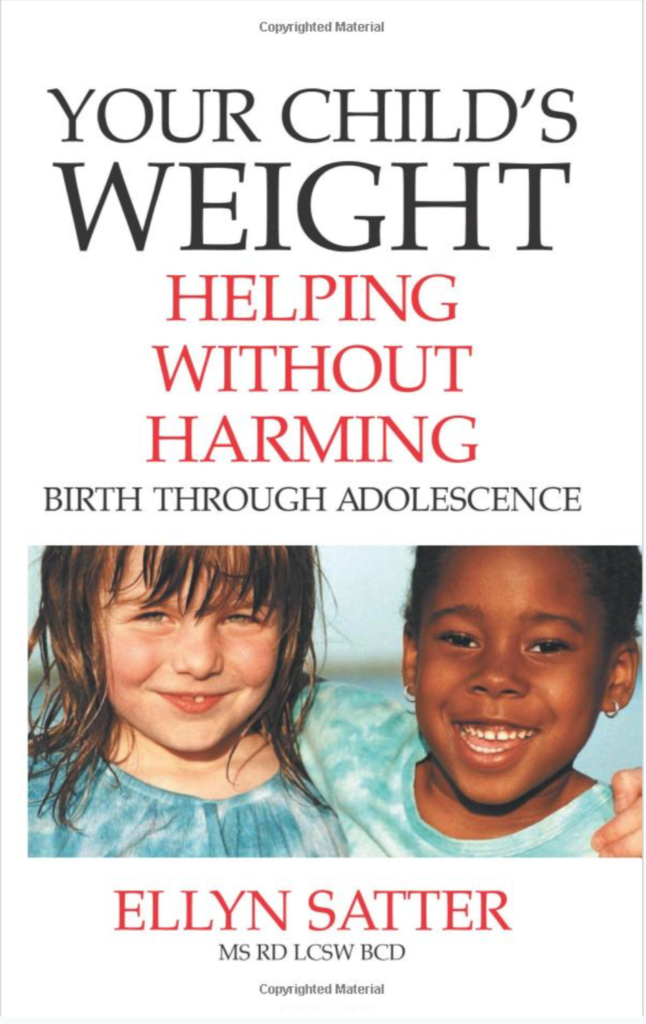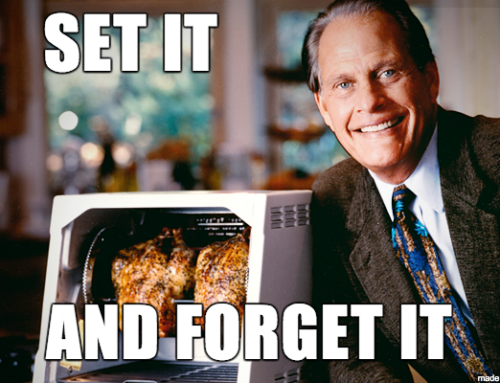
My wife, aka, the Queen, has me reading this book to help raise a kick butt and competent human, especially around food. One thing many people can relate to are hang ups.
Hang Ups
Hang Ups are defined by me as anything that you get stuck on or tripped up by. It’s usually a long term pattern or habit you’ve developed that may or may not be obvious to you and sometimes is obvious to others. Identifying your hang ups and letting them go is a fast way to make progress, even though its easier said than done.
Birth Through Pre-School = Adulthood
One of the really cool things about this book, is how it applies to so many people, not just infants, toddlers, pre-schoolers, school age children or adolescents, but everyone. And how, so many of the hang ups that adults repeatedly get tripped up on, are possibly related to when they were infants or toddlers. That thought, to me, is mind blowing, especially because I’m co-parenting a young child, and I don’t want to screw up.
Separate Comforting and Sleeping from Feeding
Don’t eat to comfort.
Don’t eat to sleep.
Eat to feed.
Ellyn writes, “separating eating from comforting and sleeping is intended not to make your baby go without eating, but to allow her to eat when she eats, sleep when she sleeps, and calm herself down when she is upset. After feeding, keep your baby company until she looks drowsy; then put her to bed and let her put herself to sleep. She may fuss a bit to get herself settled down, but not much. DON’T FEED HER TO HELP HER FALL ASLEEP. That hooks eating with sleeping.“
Chapter 5, pg 146, covers this big one.
And, “If you use food to help yourself sleep or to calm yourself down, you may have begun to form that tendency in your earliest infancy. While eating can be calming and eating for emotional reasons is natural, having to eat to calm down or go to sleep is a learned distortion. Feeding a baby to help her sleep teaches her that she has to eat to go to sleep. Feeding a baby to comfort her teaches her she has to eat to calm down.”
Chapter 5, pg 146.
Take Home Message
- If you’re looking to see the scale go down.
- If you’re looking to get more restful sleep.
- If you want to manage stress better.
- If you want to create better habits for you and for kids.
Eat when you eat. Sleep when you sleep. Calm yourself down when you’re upset.
Don’t eat to sleep or eat to comfort.
If you find yourself having to eat to put yourself to bed, most every night, it might be related to when you were an infant and your parents may have had trouble putting you to sleep, so they fed you until you passed out.
If you have trouble calming yourself down when you’re upset and you use food to calm yourself down when you’re upset or stressed, your parents, caretakers and/or relatives may have used food to calm you when you were an infant and were crying. Any new parent knows, that a crying baby scares the crap out of you, can be super stressful and is super stressful if you’re sleep deprived, if you can’t get the baby to stop. Some caretakers use food aka, the bottle or the boob, to stop a crying baby, even if the baby is not hungry. If the baby pushes the food away, its not hungry. Don’t force it. Check the next item on the list for why babies cry.
So if you use food to put yourself to sleep or you eat to comfort your feelings, it may have started when you were an infant and its time to work through that and move past it. No more hang ups. Time to get on with your life.
Still learning to change lives, but now from birth to adulthood,
Coach Mike

